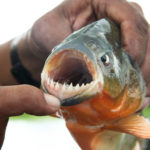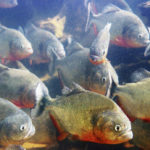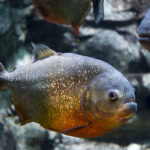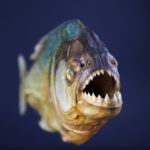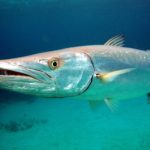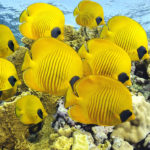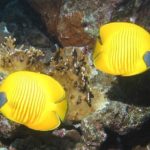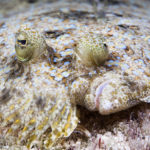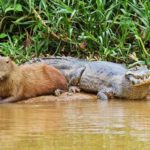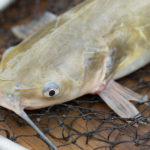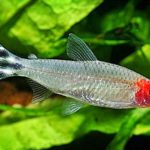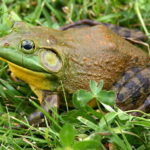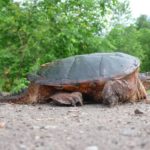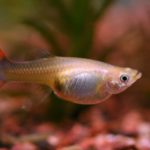Piranhas
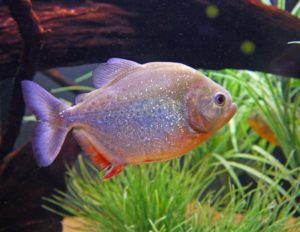 Piranhas the most famous fish inhabiting the Amazon and numbering about 60 species. Most piranhas are not carnivorous. The most common member of the family is the common or red piranha.
Piranhas the most famous fish inhabiting the Amazon and numbering about 60 species. Most piranhas are not carnivorous. The most common member of the family is the common or red piranha.
Piranhas live, mostly in packs, almost all the time, spending in search of food. A good sense of smell allows them to hunt even in very muddy waters. These fish acutely feel the blood in the water and easily catch up and straighten the wounded prey.
The body of the young piranha is covered with dark spots and has a bluish or dark olive hue, paired fins and chest crimson, and the caudal fin is decorated with a vertical blue stripe. With age, the color changes, completely growing into black. Sometimes there are individuals whose body is covered with golden specks.
The length of an ordinary piranha is 30 cm, but small specimens of about the size of a human palm are widespread. Despite the predominantly small size, piranhas have a menacing appearance due to sharp, wedge-shaped teeth protruding from the jaws. The teeth of the piranha are designed to effectively and quickly pull out small pieces of flesh from the prey.
Lower teeth grow on the jaw with small wedge-shaped gaps. When bitten, the upper teeth enter these intervals, creating a kind of trap. The jaws of the fish are incredibly powerful. Ordinary piranha easily bites a human finger or a medium-sized stick.
This freshwater fish, and it lives in the waters of South America, inhabiting the entire length of the Amazon, on the territory of such countries as:
- Peru
- Bolivia
- Ecuador
- Colombia.
In the “menu” of ordinary piranhas are not only fish, but also amphibians, mammals and even birds. Often piranhas are eaten by carrion, thanks to this ability they can be considered the true orderlies of rivers. They cleanly scrape the remains of dead animals, preventing the contamination of water by decomposition products.
Spawning begins in March and ends in August. The female produces up to 3.5 thousand small eggs, laying them on the leaves of algae. Clutch is looked after by the male. Two days later larvae appear from the eggs, which in five days turn into fry and lead an independent way of life. Fry develop quickly and after two months of appearance and color completely resemble adult relatives in a reduced form.
Whether piranhas attack people Scientists do not undertake to fully confirm or disprove this assumption. Science does not know of any cases of death of a person who came from the attack of these fish. However, there are reliable data that on the beaches of South America piranhas attacked vacationers several times. Probably, this is due to the fact that during the spawning period they become aggressive and protect their clutches from encroachment, which they always leave in shallow water.
